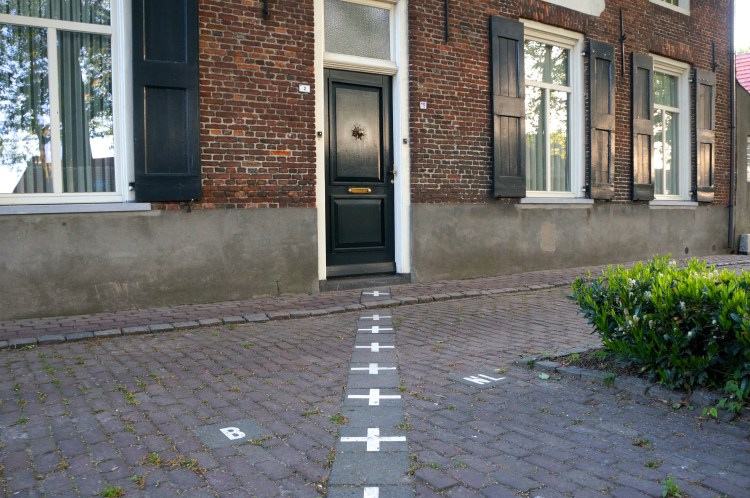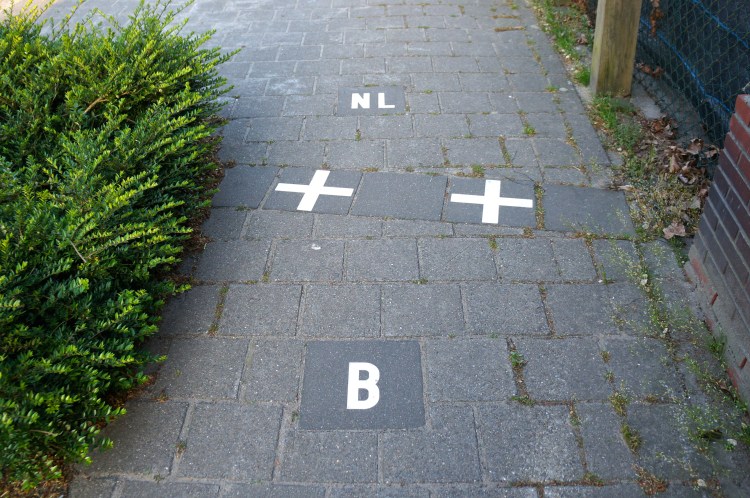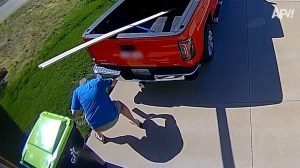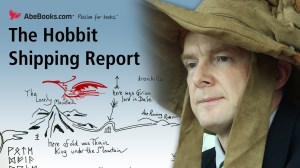In the latest episode of Things You May Not Know, host Tom Scott (previously), standing on the border between Baarle-Nassau in the Netherlands and Baarle-Hertog in Belgium, talks about how the complicated borders of Europe (and most of the world) are all the result of the Peace of Westphalia, a series of treaties signed in 1648 after the Thirty Years’ War. The treaties didn’t necessarily bring peace, but did bring about the right of nations to self-determination.
Yes, plenty of folks already know about the most complicated borders in Europe, in Baarle-Nassau (the Netherlands) and Baarle-Hertog (Belgium). But why did we end up with this particular system? Why do we have nations in the first place? Most historians would say it goes back to something called the Peace of Westphalia, many years ago…
Scott’s friend, Dan W recently wrote a really interesting and informative blog post about the Baarle-Nassau/Baarle-Hertog border that included some amazing photos.
photos via Dan W









